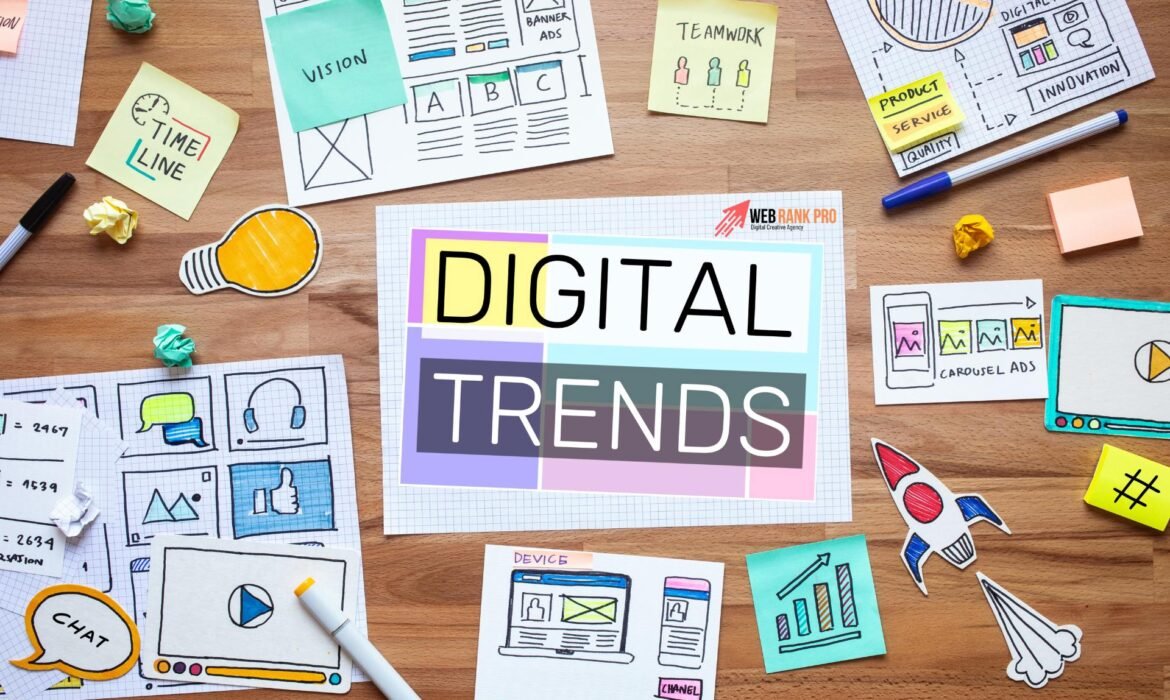
As we step into 2024, the digital marketing landscape continues to evolve at a rapid pace. Businesses must adapt to the latest trends to remain competitive and effectively reach their target audience. Here are the top five digital marketing trends to watch in 2024 that can help you elevate your marketing strategy.
1. AI and Automation in Marketing
Artificial Intelligence (AI) and automation are set to play an even more significant role in digital marketing in 2024. From chatbots providing customer support to AI-driven content creation tools, marketers are leveraging AI to streamline processes and enhance customer experiences.
AI can analyze vast amounts of data to identify patterns and trends, enabling businesses to make informed decisions and create personalized marketing strategies. Automation tools also allow marketers to schedule posts, segment email lists, and manage campaigns efficiently, saving time and resources. As these technologies continue to improve, businesses that embrace AI and automation will gain a competitive edge by delivering more personalized and relevant marketing messages.
2. Emphasis on Video Content
Video content has been a dominant force in digital marketing for several years, and its popularity is only set to grow in 2024. With platforms like TikTok and Instagram Reels gaining traction, short-form video content is becoming increasingly popular among consumers.
Businesses should focus on creating engaging, high-quality videos that capture the audience’s attention within the first few seconds. Live streaming also remains a powerful tool for brands to connect with their audience in real-time, showcasing products, hosting Q&A sessions, and building a sense of community. Incorporating video into your marketing strategy can significantly enhance brand visibility and drive customer engagement.
3. Increased Focus on Sustainability
As consumers become more environmentally conscious, businesses are increasingly adopting sustainable practices and highlighting their commitment to sustainability in their marketing efforts. In 2024, consumers are expected to favor brands that prioritize eco-friendly products and practices, making sustainability a key differentiator in the marketplace.
Marketers should focus on transparently communicating their brand’s sustainability initiatives, whether through eco-friendly packaging, ethical sourcing, or carbon offset programs. Incorporating sustainable practices into your business model not only helps the environment but also builds trust and loyalty among consumers who value corporate responsibility.
4. Voice Search Optimization
With the rise of smart speakers and voice-activated devices, voice search is transforming how consumers find information online. In 2024, businesses need to optimize their content for voice search to remain relevant.
Voice search queries are typically longer and more conversational than text-based searches. Marketers should focus on natural language processing and implement strategies to address common questions and phrases their target audience may use. Additionally, ensuring that your website is mobile-friendly and fast-loading will enhance the user experience for voice searchers. By optimizing for voice search, businesses can improve their chances of appearing in search results and capture a broader audience.
5. Personalized Marketing Experiences
Personalization is no longer a luxury; it’s a necessity in digital marketing. In 2024, consumers expect tailored experiences based on their preferences, behaviors, and past interactions with brands.
To achieve this, businesses should utilize data analytics to gain insights into customer behavior and preferences. By segmenting their audience and delivering personalized content, offers, and recommendations, brands can create more meaningful connections with their customers. Additionally, leveraging AI technology can enhance personalization efforts by automating the process of delivering targeted marketing messages. Personalization not only improves customer satisfaction but also drives higher conversion rates and fosters brand loyalty.



